On a visit to the Crown Jewels at the Tower of London one of the items you will likely see on display is the Maundy Dish. This dish is used every year at Easter time when H.M. the Queen distributes specially minted Maundy Money to pensioners in recognition of their service to the community and the church. The service takes place at a different Cathedral each year.
The presentation takes place on Maundy Thursday, the day before Good Friday and the occasion of The Last Supper, when Jesus washed the feet of his disciples and commanded, or mandated, them to “Love one another.” (Mandatum is where the word Maundy derives).
The tradition of the Sovereign giving money to the poor dates from the 13th century. The Sovereign also used to give food and clothing, and even washed the recipients' feet, but the last monarch to do so was James II (r.1685-1688).
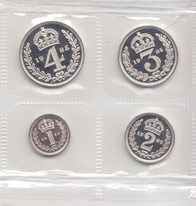
Special silver coins are minted for the occasion in denominations of 1 penny, 2 pence, 3 pence and 4 pence – and it’s been that way since 1670!
The number of people receiving the coins and the amount given is related to the Sovereign’s age: one man and one woman for each year will receive Maundy coins consisting of the same number of pence as the years of the sovereign's age.
The number of people receiving the coins and the amount given is related to the Sovereign’s age: one man and one woman for each year will receive Maundy coins consisting of the same number of pence as the years of the sovereign's age.
Interesting Facts:
- Her Majesty has distributed Maundy on all but four occasions since coming to the throne in 1952.
- King Henry IV (r. 1399 – 1413) began the practice of relating the number of recipients to the sovereign's age.
- When the country went decimal in 1971 the face values of the coins were increased from old pennies to new pence.
- The Queen’s image on ordinary coins has undergone four changes, but Maundy coins still bear the original image of Her Majesty as issued in 1953 - the year of her coronation.
- There are two 1661 Altar Dishes which are used to supplement the Maundy Dish; one is decorated with freshwater fish the other with saltwater fish.
- If the Cathedral is inland the freshwater dish is used – if on the coast then it’s the saltwater dish.
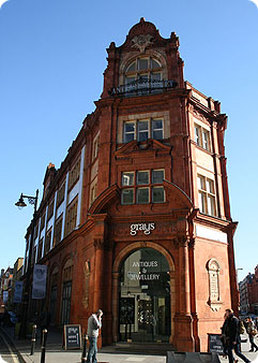
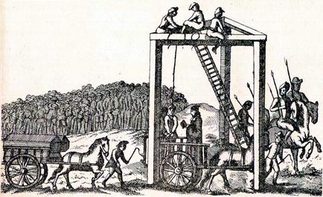
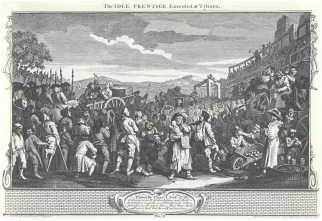
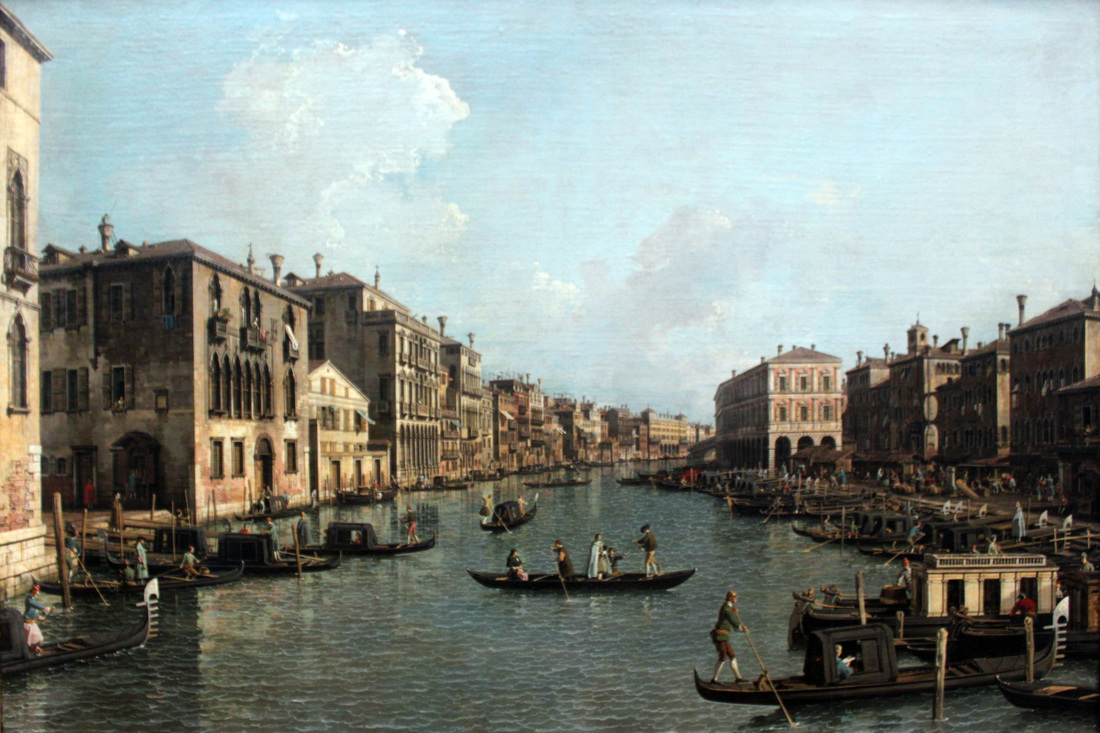
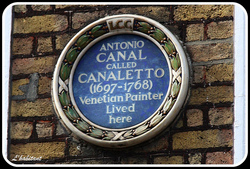
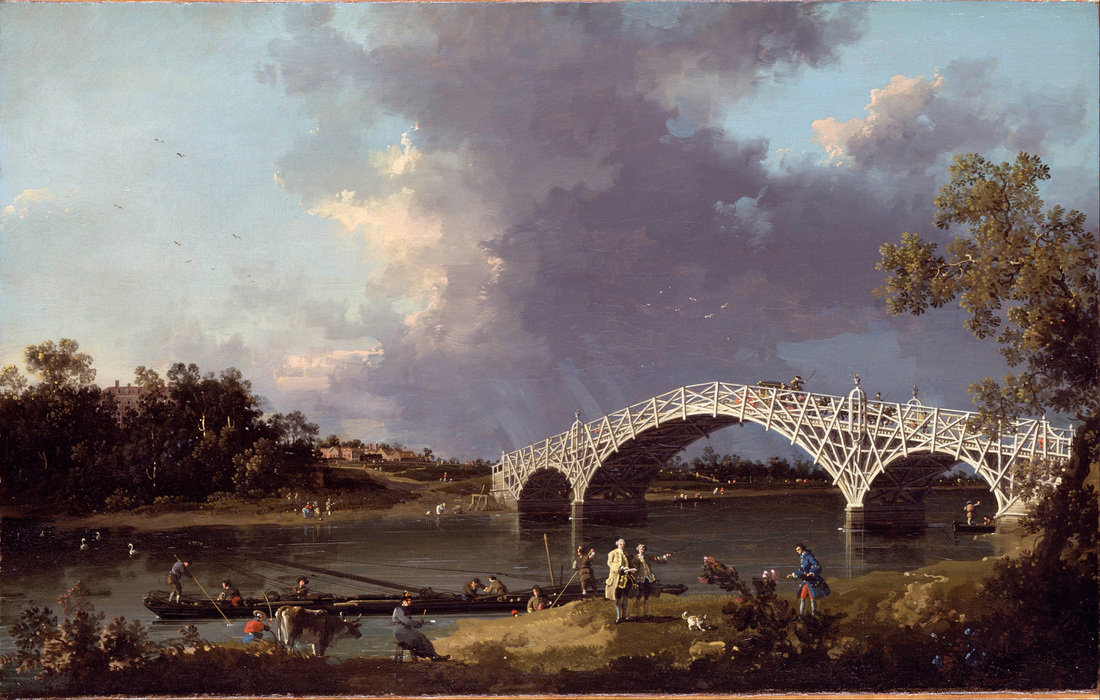
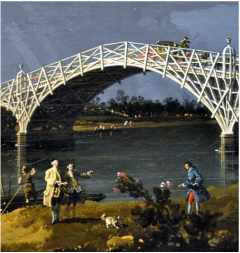
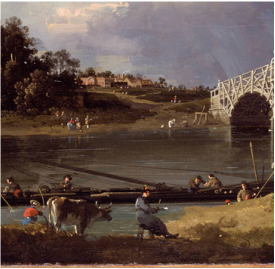
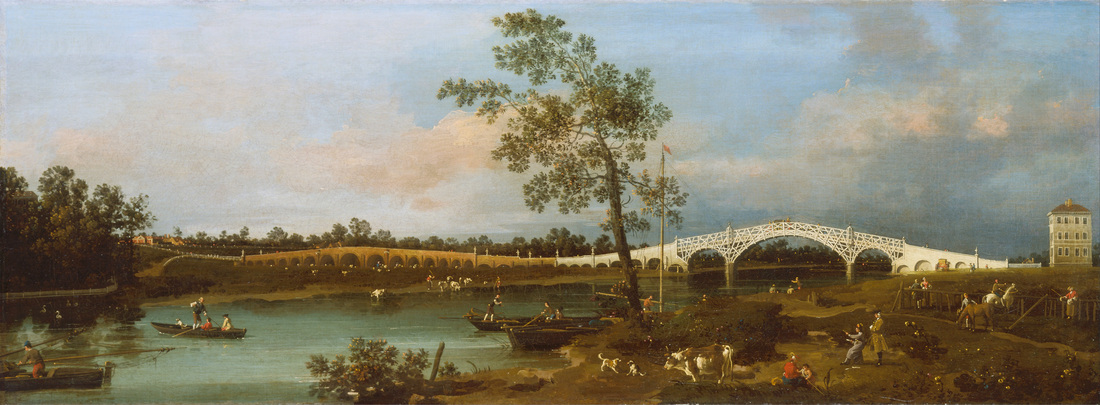
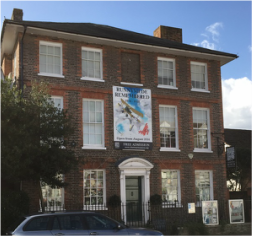
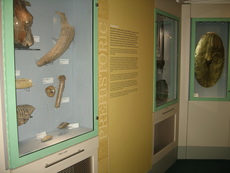
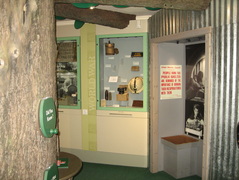
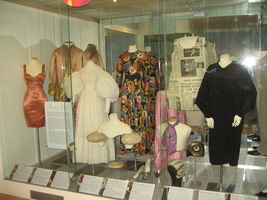
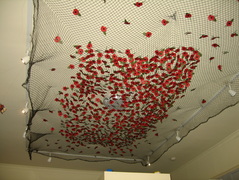
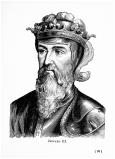

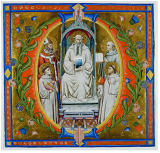
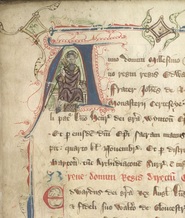
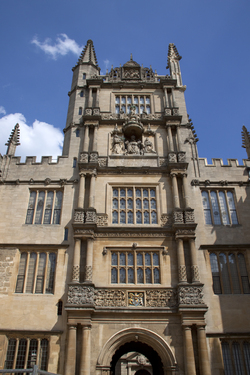
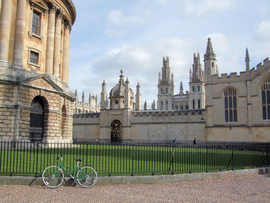
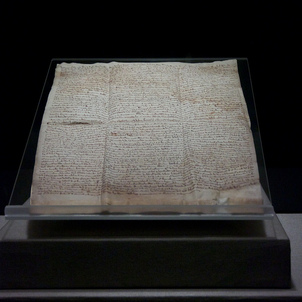
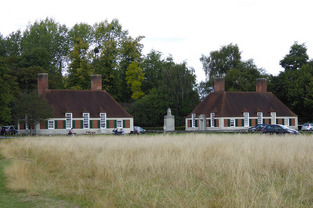
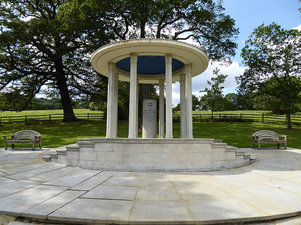
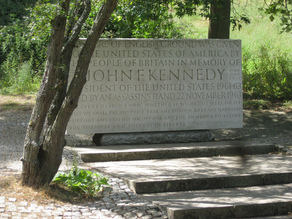
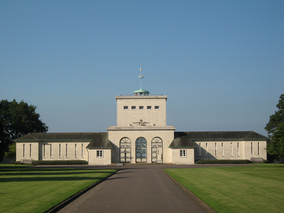

 RSS Feed
RSS Feed
